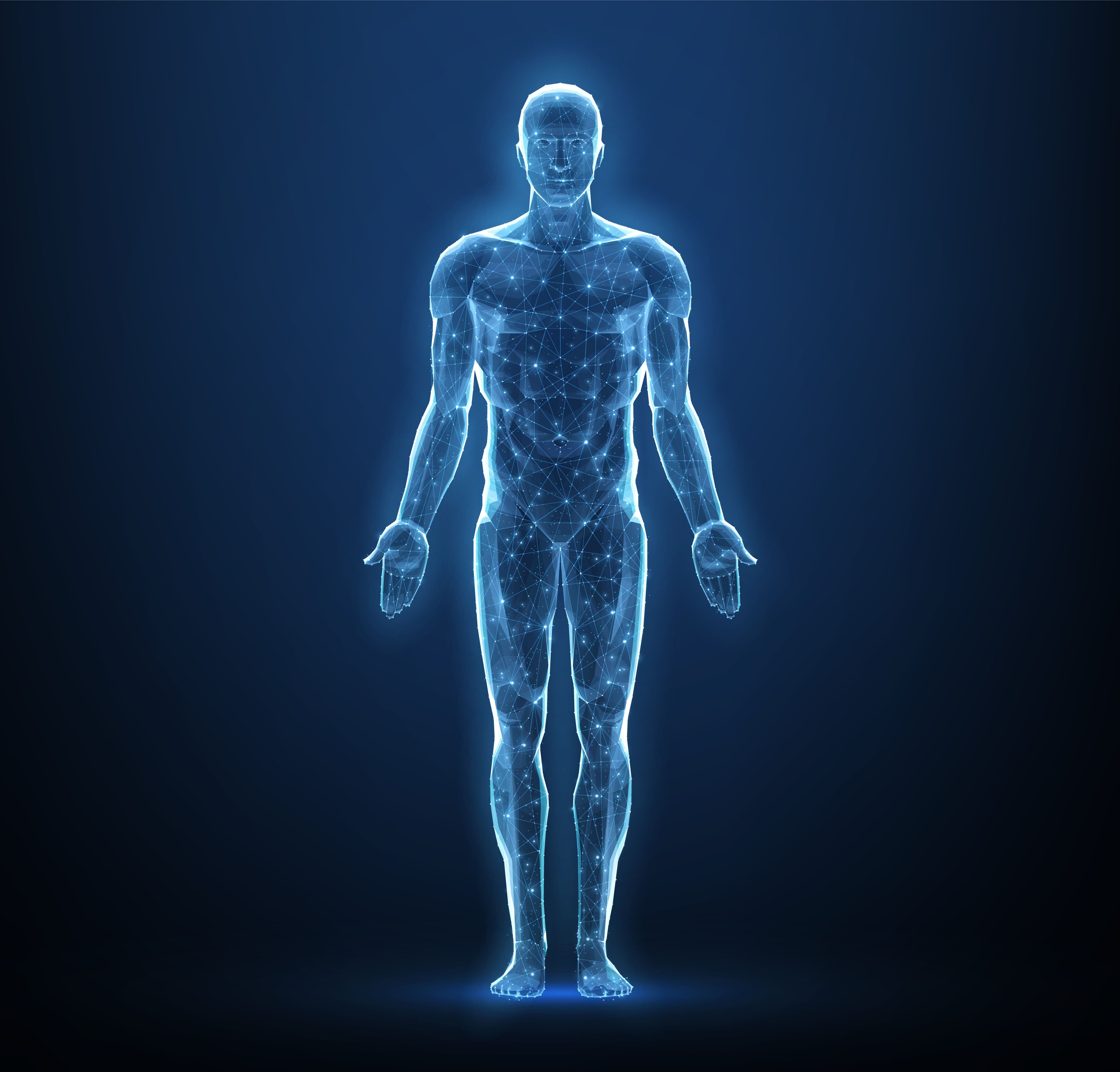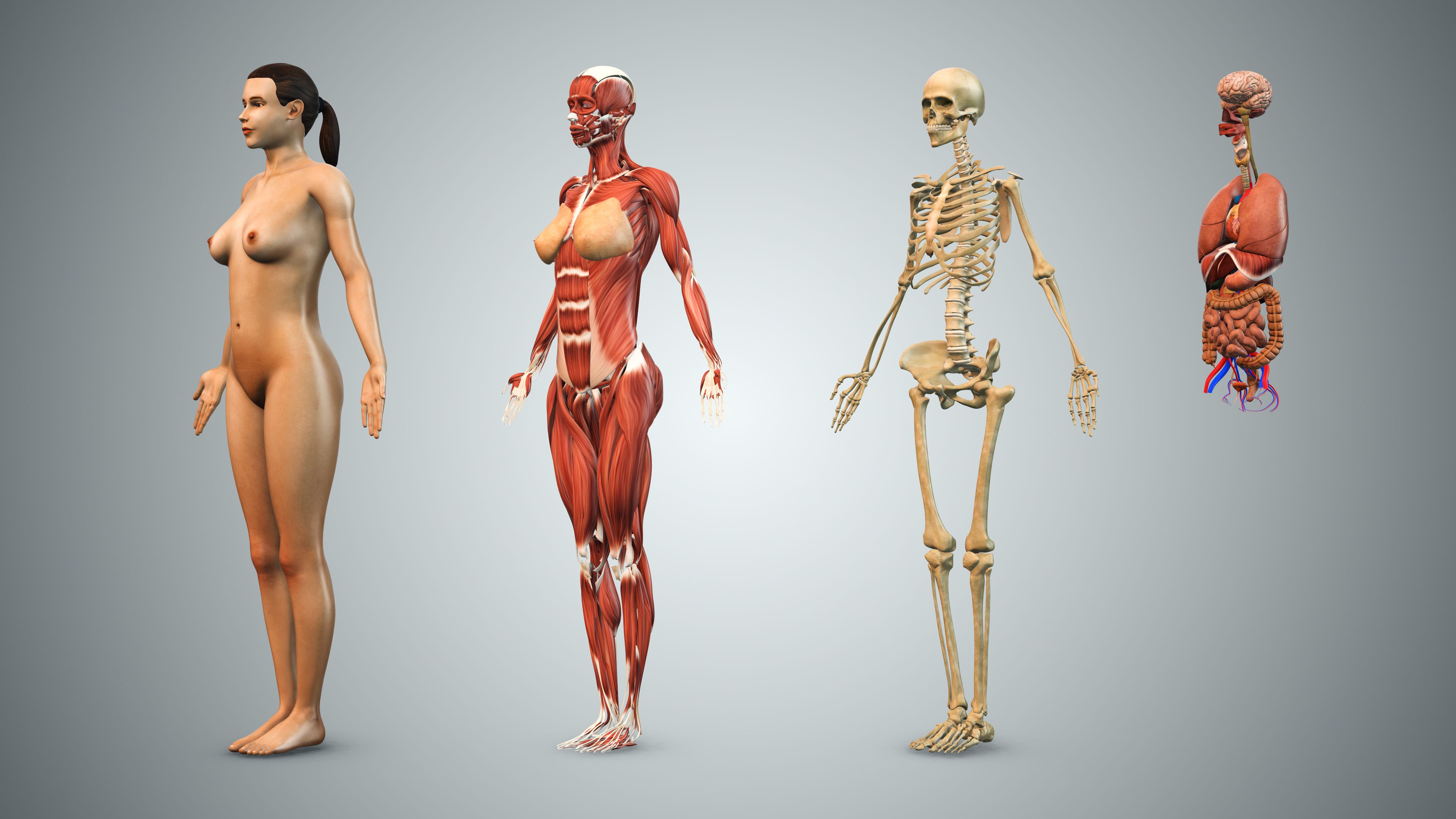Understanding the Basics of Anatomy and Physiology
Introduction to Anatomy and Physiology
Understanding the basics of anatomy and physiology is crucial for anyone interested in the study of the human body and how it functions. These two scientific disciplines provide insights into the structure and function of biological organisms, particularly humans. While anatomy focuses on the structure, physiology is concerned with how these structures work. Together, they form a foundational aspect of medical education and health sciences.

The Importance of Anatomy
Anatomy is the branch of science concerned with the bodily structure of humans, animals, and other living organisms. It involves examining the physical aspects of organisms, from molecular to macroscopic levels. Understanding anatomy is essential for medical professionals as it helps them diagnose and treat diseases effectively. Knowledge of anatomy allows healthcare practitioners to understand the relationships between different parts of the body, which is crucial for surgical procedures.
There are several subfields within anatomy, including gross anatomy, which looks at body parts visible to the naked eye, and microscopic anatomy, which includes cytology (study of cells) and histology (study of tissues). Each of these areas provides unique insights into how our bodies are structured and how they operate on various scales.
The Role of Physiology
Physiology, on the other hand, is the study of how living organisms function. It explores a wide range of biological processes, from cellular functions to the interactions between organ systems. Physiology helps us understand how our bodies maintain homeostasis—a stable internal environment despite external changes.

This discipline is essential for comprehending how physical activities impact our health, how our bodies respond to diseases, and how we can use this knowledge to develop treatments. For instance, understanding cardiovascular physiology can help in managing heart diseases more effectively.
Interconnection Between Anatomy and Physiology
The relationship between anatomy and physiology is undeniable; one cannot fully understand how a body part functions without knowing its structure. For example, the shape of red blood cells relates directly to their ability to transport oxygen efficiently. Similarly, the arrangement of muscle fibers influences their strength and flexibility.
In educational settings, anatomy and physiology are often taught together, providing a comprehensive understanding of body systems. Students learn how organs like the heart or lungs are structured (anatomy) and how they contribute to bodily functions (physiology).

Applications in Healthcare
Anatomy and physiology are not just academic subjects; they have practical applications in healthcare. Medical professionals use this knowledge every day—from diagnosing illnesses based on symptoms to performing life-saving surgeries. A thorough understanding allows them to anticipate complications and provide targeted treatments.
Moreover, advancements in medical technology often rely on detailed anatomical and physiological knowledge. Innovations such as MRI scans or robotic surgeries are possible because of our deep understanding of human anatomy and physiology.
Conclusion
In summary, a solid grasp of anatomy and physiology is indispensable for anyone involved in health sciences or medical fields. These disciplines offer invaluable insights into how our bodies are built and operate, enabling us to live healthier lives. As research continues to evolve, our understanding of these subjects will also advance, opening new doors for medical innovations and treatments.